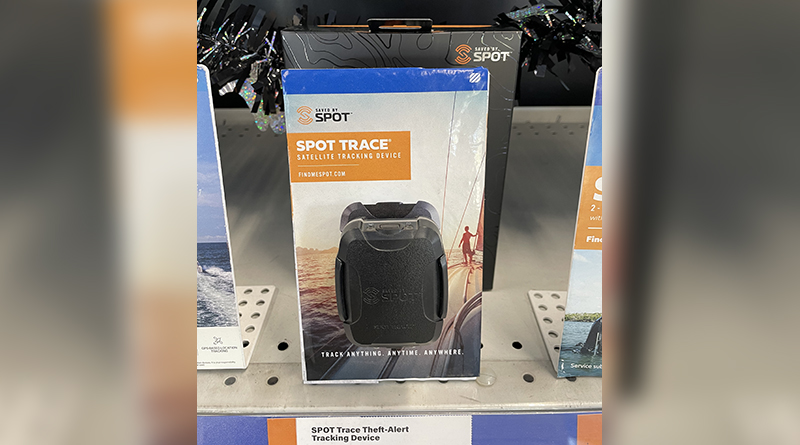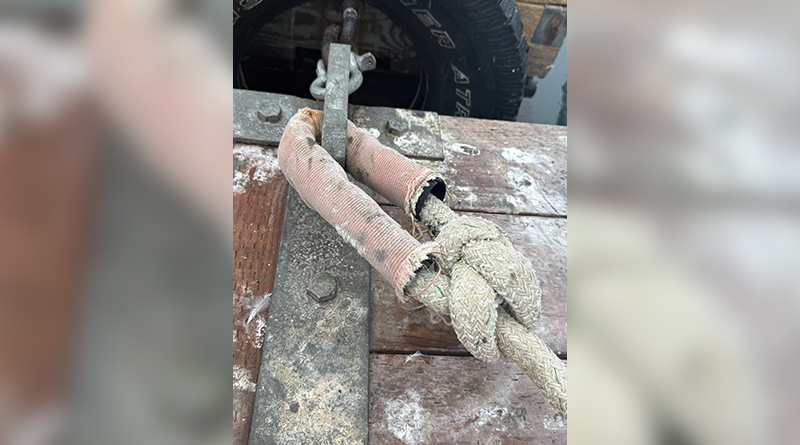HONSHU, Japan一 A symbiotic relationship between two marine lifeforms thought to be extinct for 273 million years was found on the ocean floor.
The two creatures had disappeared from the fossil record for hundreds of millions of years before scientists documented the species in a June 15 study.
Off the coast of Honshu and Shikoku, Japan at depths exceeding 300 feet scientists found non-skeletal corals growing from the stalks of a species of crinoids known as the Japanese sea lily, a marine invertebrate found off the west coast of Japan generally on the continental shelf.
The Japanese sea lily has wide feathery feeding arms attached to a U-shaped mouth.
This symbiotic relationship is a parallel of one between coral and crinoid recorded in fossils from the Paleozoic era.
“These specimens represent the first detailed records and examinations of a recent syn vivo association of a crinoid (host) and a hexacoral (epibiont),” said the team in the June 15 study. “And therefore analyses of these associations can shed new light on our understanding of these common Paleozoic associations.”
Symbiotic relationships between crinoids and corals are documented throughout the Paleozoic era, a geological time that began with the Cambrian explosion and is associated with an extraordinary diversification of marine animals.
After the disappearance of the specific crinoids and corals, other species emerged but there wasn’t documentation of a symbiotic relationship between the two until this year.
Scientists have discovered that the corals attached below the feeding fans of the crinoids, and don’t seem to compete with their counterpart for food, there is also no clear benefit for the sea lily.
The difference between the prehistoric relationship and the modern age is that the coral does not alter the skeletal structure of its host.
Scientists believe that this discovery can explain the gap in the fossil record, fossils from the Paleozoic showed that corals have a calcite skeleton, fossils of non-skeletal corals are rare.
Leaving scientists wondering if the corals didn’t modify the host to leave a trace, then perhaps the relationship just went unrecorded.
The study was a joint effort from a Polish-Japanese research team and was led by Miko∤aj Zapalski, a paleontologist from the University of Warsaw, Poland.
The team used stereoscopic microscopy to study and observe the specimens and non-destructive microtomography to scan the species to show its interior structure and DNA barcoding to identify the species.
For more information see the link, https://bit.ly/3uYeMdQ.
Caption: Non-skeletal corals were found growing from the stalks of sea lilies off the coast of Japan.
Credit: Zapalski et al., Palaeogeogr. Palaeoclimatol. Palaeoecol., 2021









